NASA Astronomy Picture of the Day 27 April 2023: The Fascinating Tarantula Nebula
Today’s NASA Astronomy Picture of the Day is the 30 Doradus, also known as the Tarantula Nebula, located towards the constellation of Dorado.
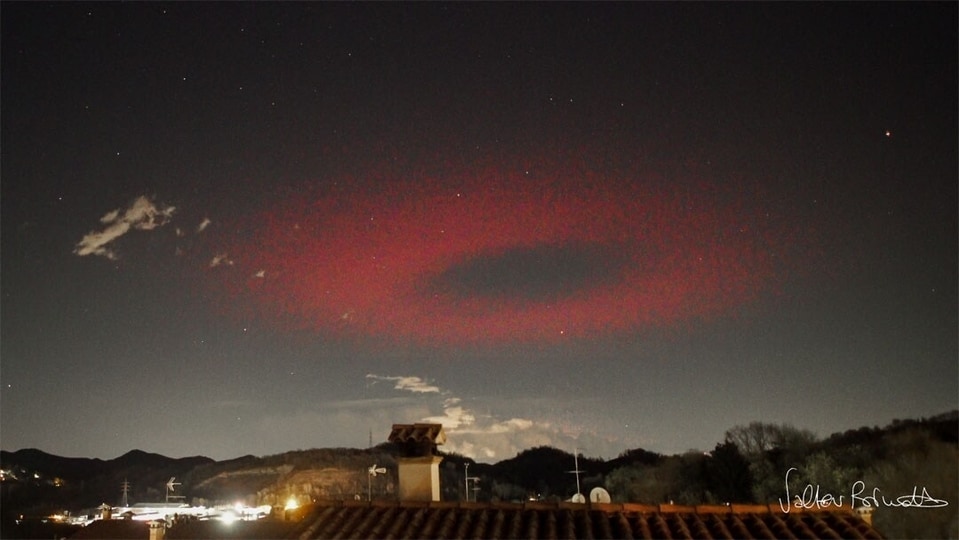
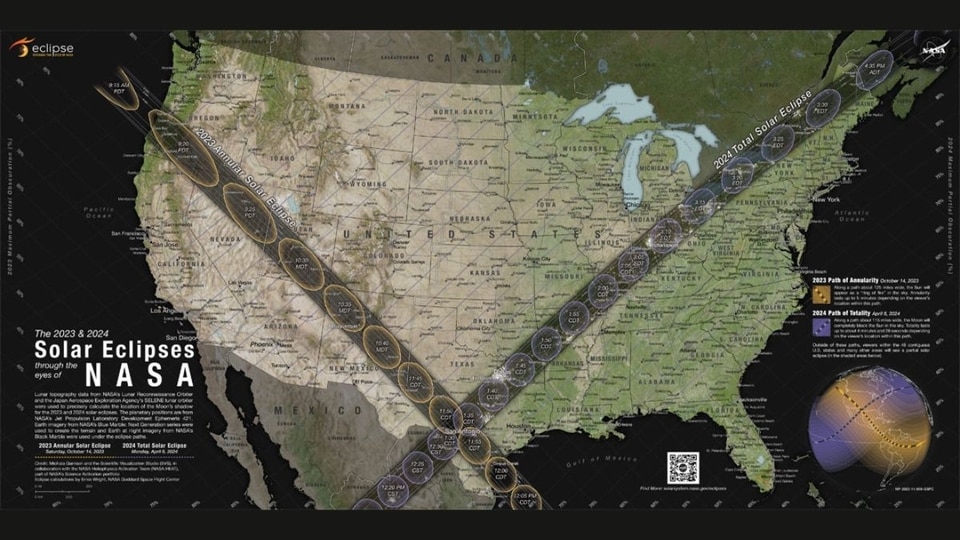
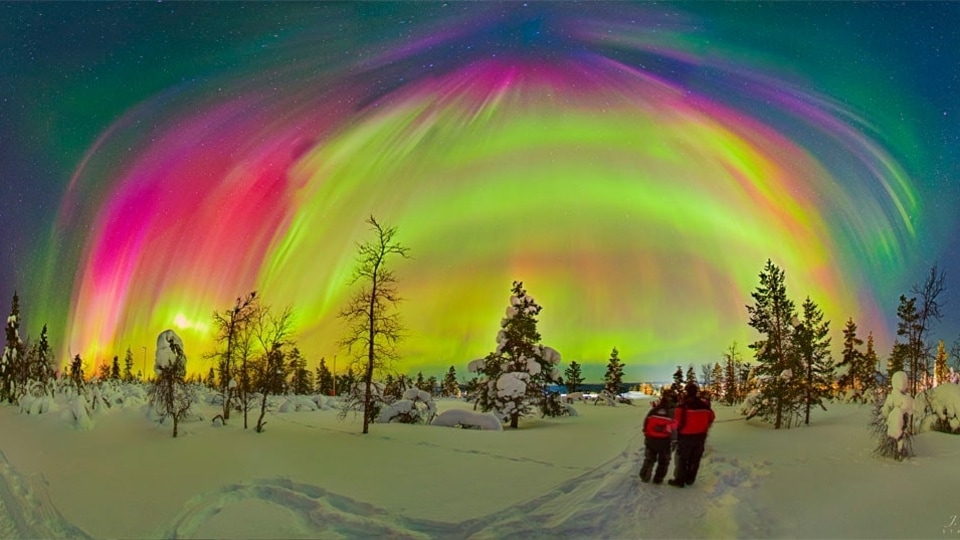
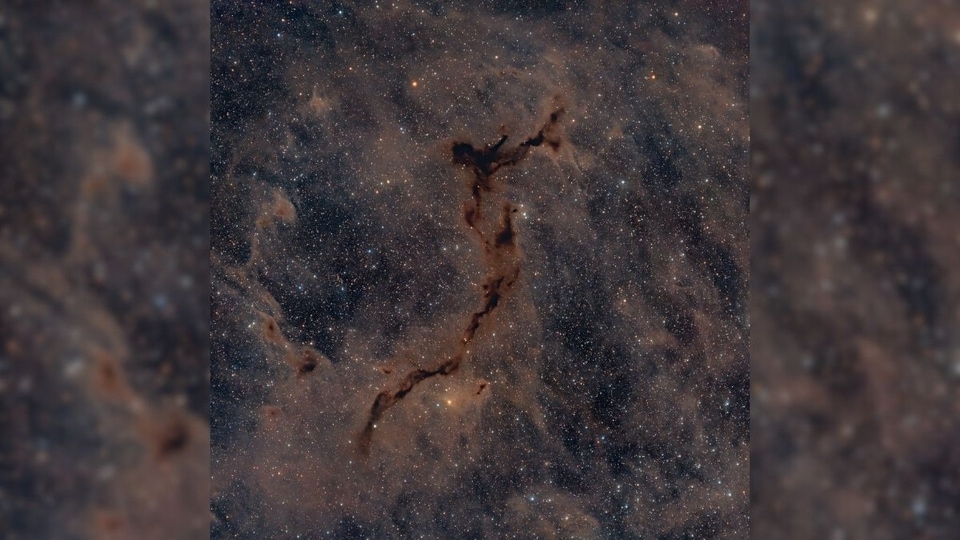
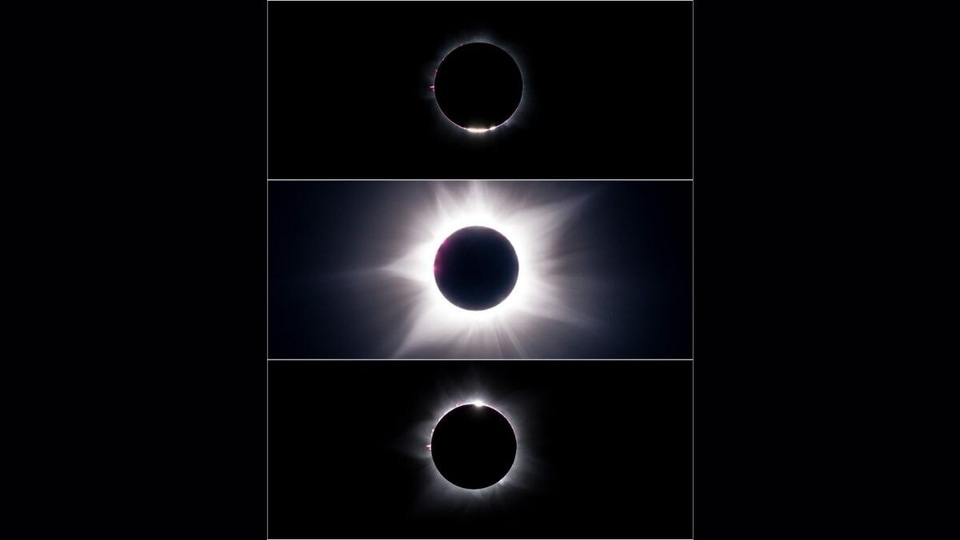
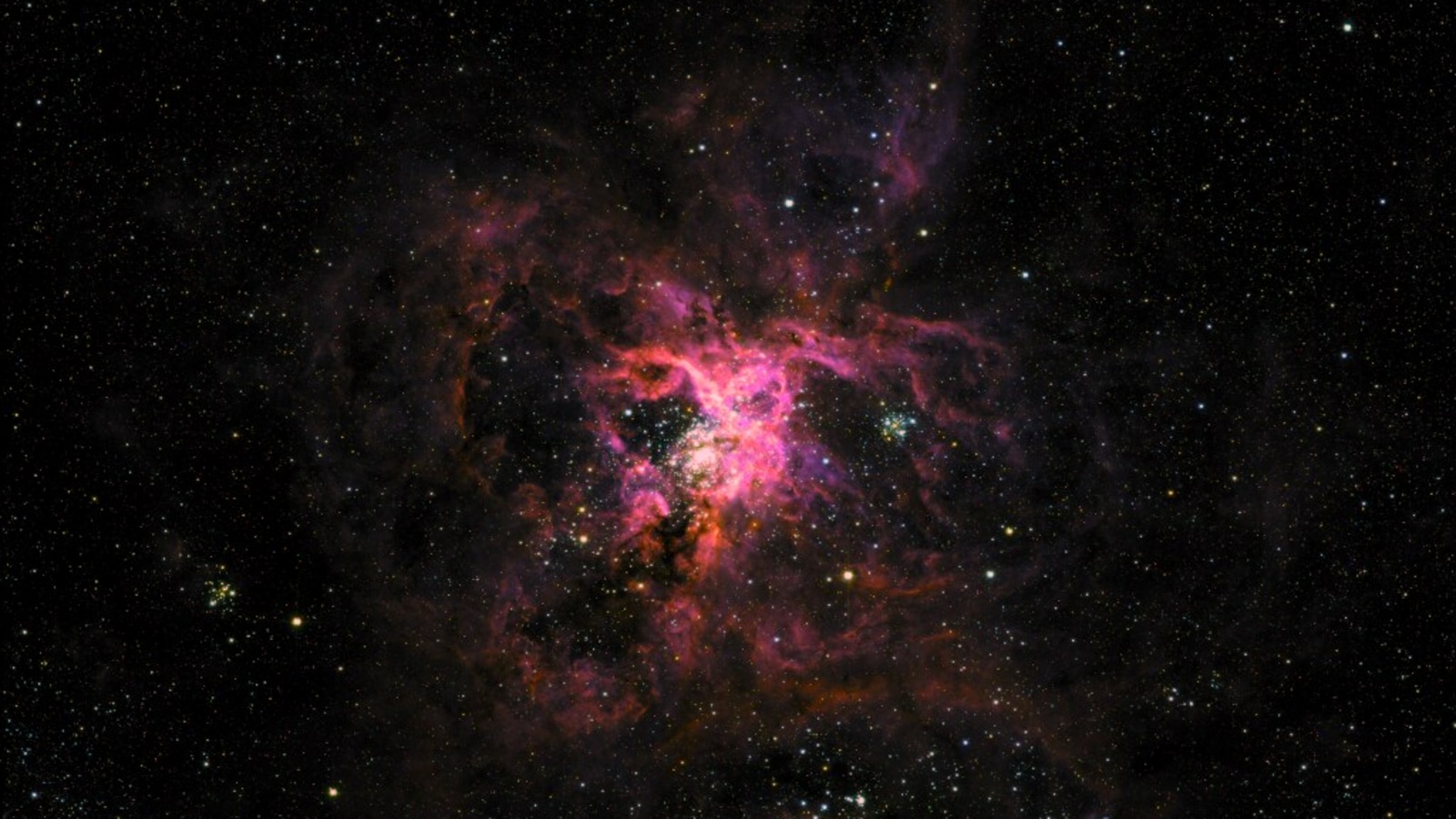
 View all Images
View all ImagesA Nebula can be of various shapes and sizes and can even resemble objects on Earth. One of the most fascinating nebulae is the 30 Doradus, also known as the Tarantula Nebula. According to NASA, the Tarantula Nebula is present at the center of the Large Magellanic Cloud, a satellite galaxy of the Milky Way system and has given birth to more than 800,000 stars, some of them nearly 150 times the size of the Sun. This makes the Tarantula Nebula one of the prime observation destinations for researchers and science buffs alike.
Today's NASA Astronomy Picture of the Day is the 30 Doradus, also known as the Tarantula Nebula, located about 160,000 light-years away towards the constellation of Dorado. The 30 Doradus is also called the Tarantula Nebula because of its glowing filaments which resemble spider legs, according to NASA. The Nebula is special as it can be seen in the Southern sky with the naked eye. It resembles a large milky patch of stars when viewed from Earth.
Tech involved in capturing the picture
Astonishingly, this picture was not captured by the Hubble Telescope or the James Webb Space Telescope. Instead, it was captured with the help of NASA' Super Pressure Balloon Imaging Telescope (SuperBIT), a high-resolution telescope which operates in the stratosphere.
According to NASA, the SuperBIT telescope captures images of galaxies in the visible-to-near ultraviolet light spectrum, which is within the Hubble Space Telescope's capabilities, but with a wider field of view.
NASA's description of the picture
The Tarantula Nebula, also known as 30 Doradus, is more than a thousand light-years in diameter, a giant star forming region within nearby satellite galaxy the Large Magellanic Cloud. About 160 thousand light-years away, it's the largest, most violent star forming region known in the whole Local Group of galaxies. The cosmic arachnid is near the center of this spectacular image taken during the flight of SuperBIT (Super Pressure Balloon Imaging Telescope), NASA's balloon-borne 0.5-meter telescope now floating near the edge of space.
Within the well-studied Tarantula (NGC 2070), intense radiation, stellar winds and supernova shocks from the central young cluster of massive stars, cataloged as R136, energize the nebular glow and shape the spidery filaments. Around the Tarantula are other star forming regions with young star clusters, filaments, and blown-out bubble-shaped clouds. SuperBIT's wide field of view spans over 2 degrees or 4 full moons in the southern constellation Dorado.
Catch all the Latest Tech News, Mobile News, Laptop News, Gaming news, Wearables News , How To News, also keep up with us on Whatsapp channel,Twitter, Facebook, Google News, and Instagram. For our latest videos, subscribe to our YouTube channel.




























